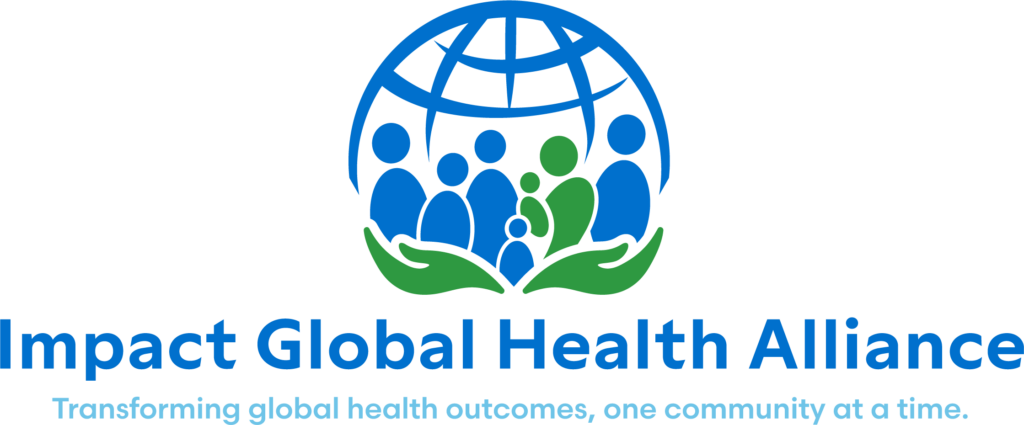Recap
The Nehnwaa Child Survival Project(NCSP) was a joint effort by Impact Global Health Alliance Global and Ganta United Methodist Hospital(GUMH). USAID funded the project and it spanned a five year period from 2008-2013. The goal of the project was to reduce the rate of maternal and child mortality in Liberia’s Nimba County, by increasing access to health facilities. In this article, we provide a brief evaluation of the project with an emphasis on objective 2, described below.
Research
Objectives
The evaluation assesses:
- Which activities used in the Care Group approach were sustained after the end of the project.
- How the current activities Trained Traditional Midwives(TTM) and Community Health Volunteers (CHVs) have been maintained. Additionally, it assess if and how their role and activities have changed during and after the Nehnwaa project.
- The pattern of care seeking at local health facilities, during and after the Nehnwaa project.
- Current indicator levels of Nehnwaa project indicators four years after the end of the project.
- What other project activities have taken place in the Nehnwaa project since the Nehnwaa final evaluation. Also evaluates the degree to which these activities may be responsible for the above results.
- The number of Ebola cases that occurred in communities served by Care Group Volunteer, compared to those in nearby areas that were not served by CGVs.
Methodology
Impact Global Health Alliance and GUMH evaluated the activities of the TTMs to determine how they have changed or been maintained since the end of the project. The evaluation took place in the months of June and July 2018. A mixed-methods approach was employed during the evaluation. It involving group interviews (7 TTMS per group) and individual surveys (54 TTMS).
Training and Data Collection
Three days of in-house training and field practice took place with the three interviewers and the supervisors. Data Collection began on June 29th and went on for four days. Each interviewer carried out four to five interviews daily. At some point, a supervisor went along with each interviewer in order to improve the quality of research. Statistics experts analyzed the data gathered by using the SAS analytical software.
Results
- 60% of TTMs sometimes earned a fee for services provided. However, only 15% claimed to be making a living as TTMs.
- 95% of the midwives stated that they had not received additional training since the active phase of the project.
- The community health volunteers remain active in the region, however 75% of TTMs reported that they never met with the care group volunteers in their communities.
- All TTMs made referrals or notifications to health facilities for women experiencing complicated deliveries. 60% also stated that they often performed home deliveries.
- Generally, TTMs felt accepted by the community and local clinics, although they claimed that their credibility had waned since the end of the project.
At the end of the active phase of the project, various indicators suggested that there had been remarkable improvements in maternal and child health. This sustainability evaluation further demonstrates that majority of TTMs are still active in their communities. However, their role in the community, integration into the health system, and ability to earn a living as a TTM is waning.
The vision of Impact Global Health Alliance is to sustainably provide health services to women and children. The story so far suggests that the Nehnwaa project is well on its way to advance this goal. The activities of the Trained Traditional Midwives demonstrate that to a large extent, the Nimba County has and will continue to benefit from the project.
For more details about our work in Liberia, follow this link.
Don’t forget to follow us on Facebook, Twitter and Instagram.
Interested in working with us? Come volunteer with us this Fall!
Donations are always welcome, nothing is too little to save a life!




